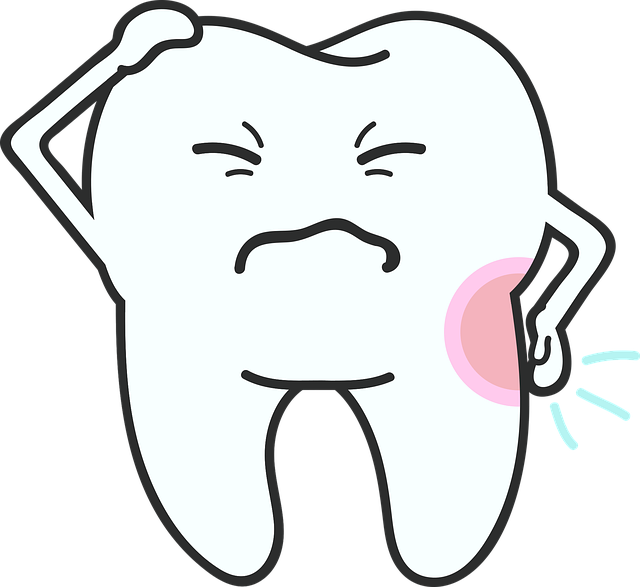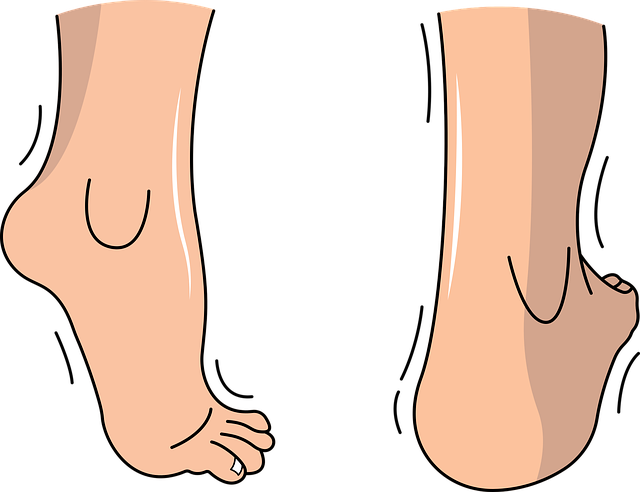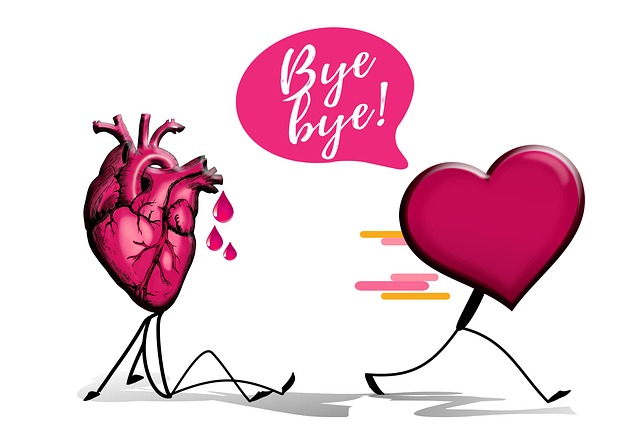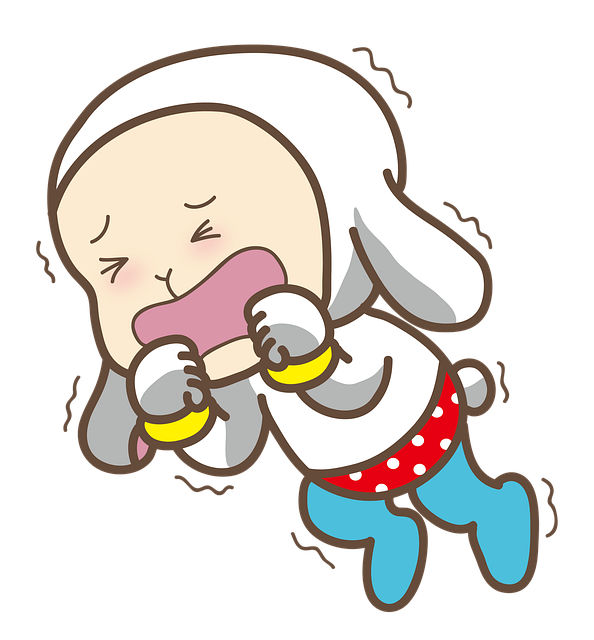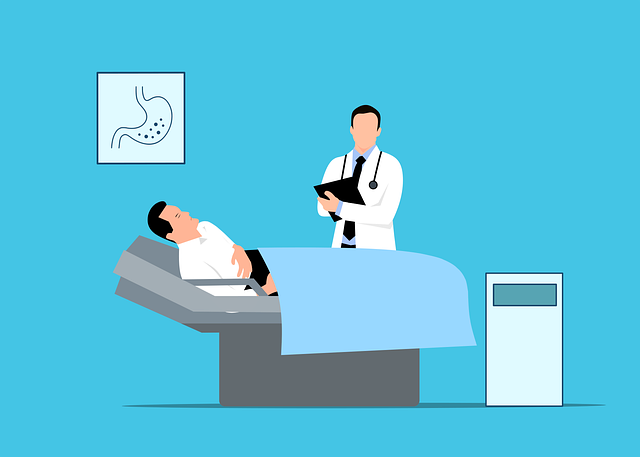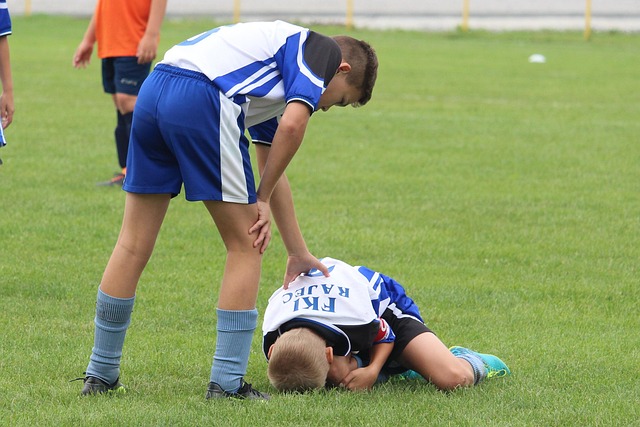Chiropractic care is an effective treatment for upper back pain caused by accidents like car crashes, targeting whiplash and related issues. Chiropractors use non-invasive methods, including spinal manipulation and manual therapy, to reduce inflammation, improve mobility, and correct spine alignment. Personalized plans may include adjustments, exercises, and education to manage pain and prevent future injuries through proper stretching, posture, and ergonomic habits.
Whiplash and mid-back pain are common injuries resulting from motor vehicle accidents, causing significant discomfort. This article explores effective therapy options, focusing on chiropractic care as a leading treatment approach for upper back pain post-accidents. We’ll delve into the causes of these conditions, discuss specific chiropractic techniques, and provide recovery and prevention strategies to help patients navigate their path to healing. By understanding these methods, individuals can make informed decisions regarding their wellness.
- Understanding Whiplash and Mid-Back Pain Causes
- Chiropractic Care Techniques for Upper Back Treatment
- Recovery and Prevention Strategies Post-Accident
Understanding Whiplash and Mid-Back Pain Causes

Whiplash and mid-back pain often arise from traumatic events, particularly car accidents. Whiplash, a common injury in such incidents, refers to the rapid back-and-forth movement of the neck, causing muscle sprains, ligament damage, and nerve irritation. This can lead to severe upper back pain that may radiate down to the shoulders or arms.
Chiropractic care for upper back pain from accidents plays a significant role in managing these conditions. Chiropractors use various non-invasive techniques, including spinal manipulation and manual therapy, to reduce inflammation, improve mobility, and alleviate pressure on affected areas. These treatments aim to restore proper alignment and function to the spine, thereby addressing the root causes of whiplash and mid-back pain effectively.
Chiropractic Care Techniques for Upper Back Treatment
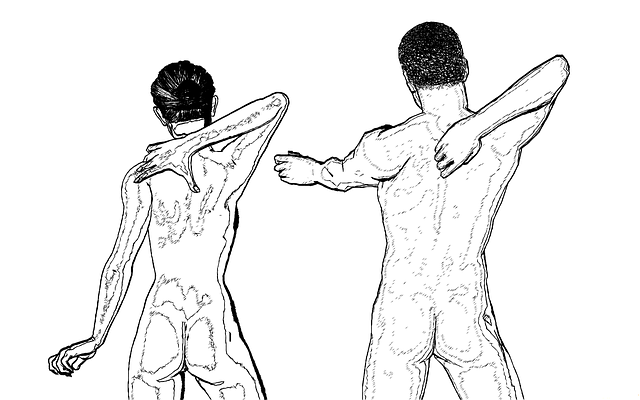
Chiropractic care offers effective techniques for managing and treating upper back pain resulting from accidents or trauma. Chiropractors utilize a variety of non-invasive methods to alleviate discomfort, improve mobility, and restore the natural alignment of the spine in the upper back region. One common approach is manual adjustment, where the chiropractor applies controlled force to specific joints, helping to reduce stiffness and restore range of motion.
Additionally, chiropractic care may incorporate other therapeutic modalities such as heat and ice therapy, electrical stimulation, and gentle exercise routines tailored to the patient’s needs. These treatments collectively work to reduce inflammation, promote healing, and strengthen supporting muscles in the upper back, offering long-lasting relief from pain and discomfort after an accident.
Recovery and Prevention Strategies Post-Accident

Post-accident, recovery and prevention strategies are crucial for managing and preventing whiplash and mid-back pain. Chiropractic care plays a significant role in this process, focusing on realigning the spine and reducing nerve irritation to alleviate upper back pain stemming from accidents. A thorough assessment by a qualified chiropractor helps identify areas of discomfort and develop a personalized treatment plan.
This plan may include adjustments, physical therapy exercises, and patient education to promote healing and prevent future injuries. Additionally, implementing preventative measures such as regular stretching routines, maintaining good posture, and adopting ergonomic practices at work and home can significantly reduce the risk of developing or exacerbating upper back pain.
In conclusion, whiplash and mid-back pain resulting from accidents can significantly impact daily life. However, with a comprehensive approach combining understanding causes, specific chiropractic care techniques, and effective recovery strategies, relief is achievable. Chiropractic care for upper back pain from accidents plays a pivotal role in restoring mobility, alleviating symptoms, and preventing long-term discomfort. By implementing these methods, individuals can navigate their path to recovery more comfortably and confidently.




